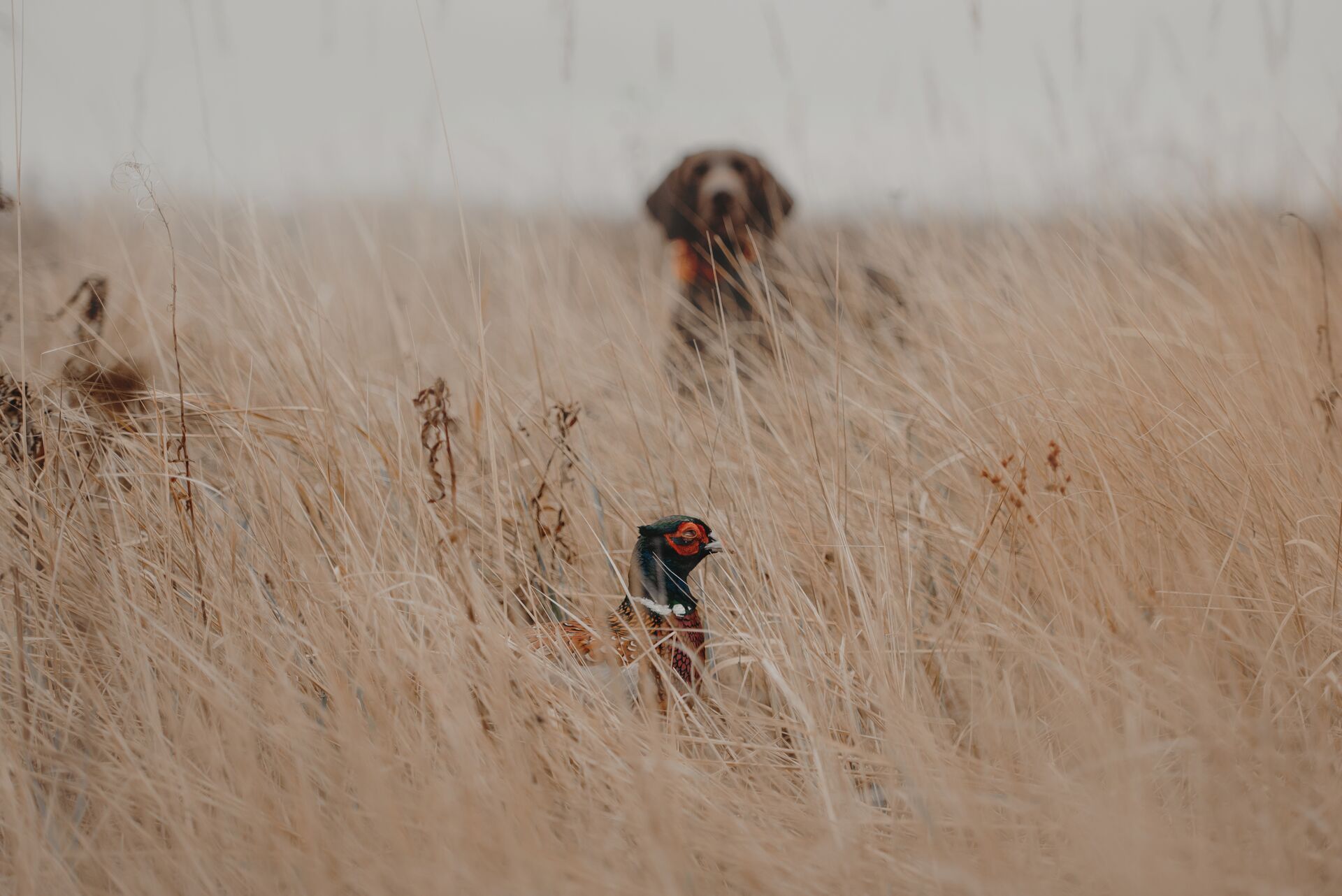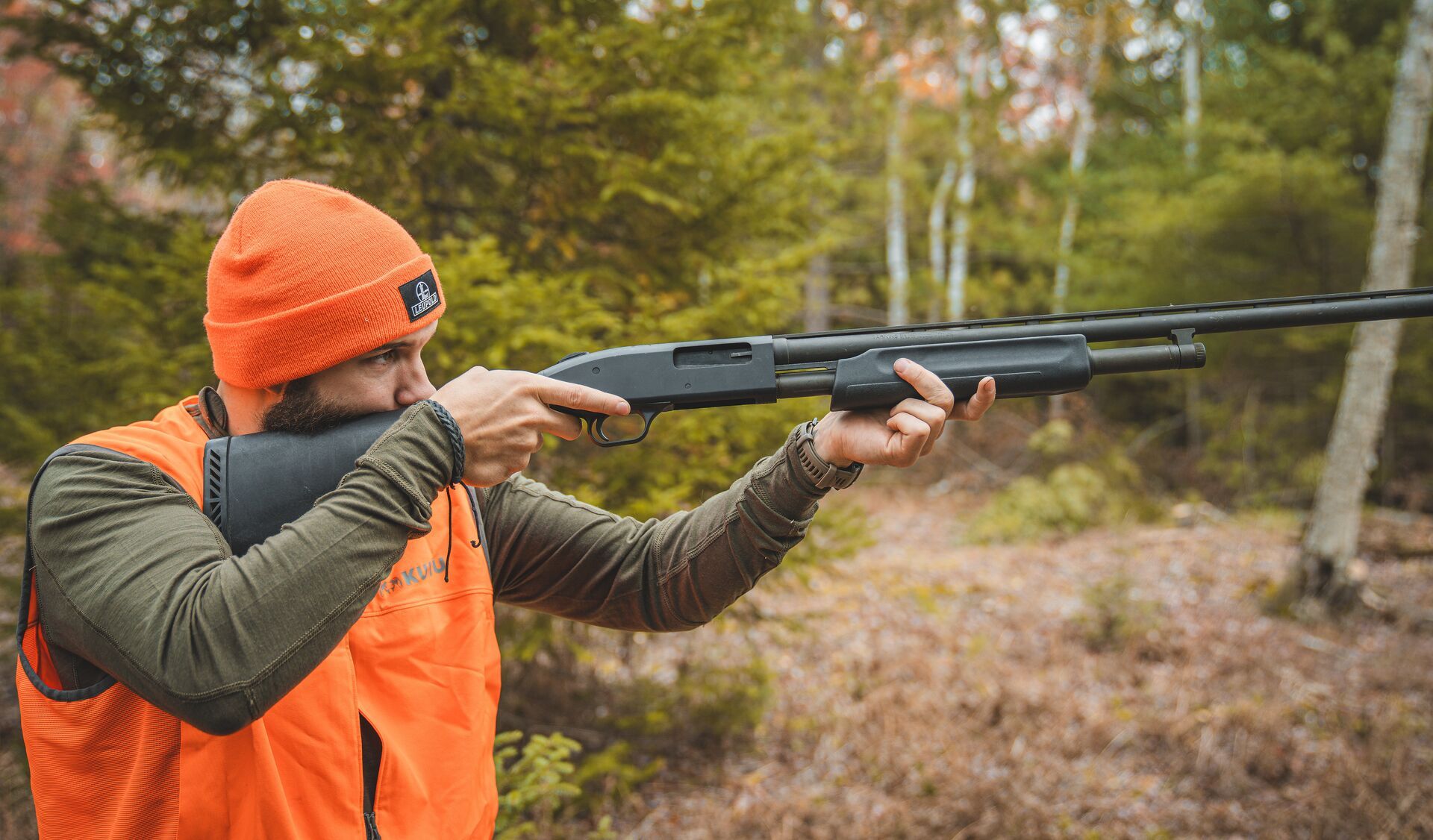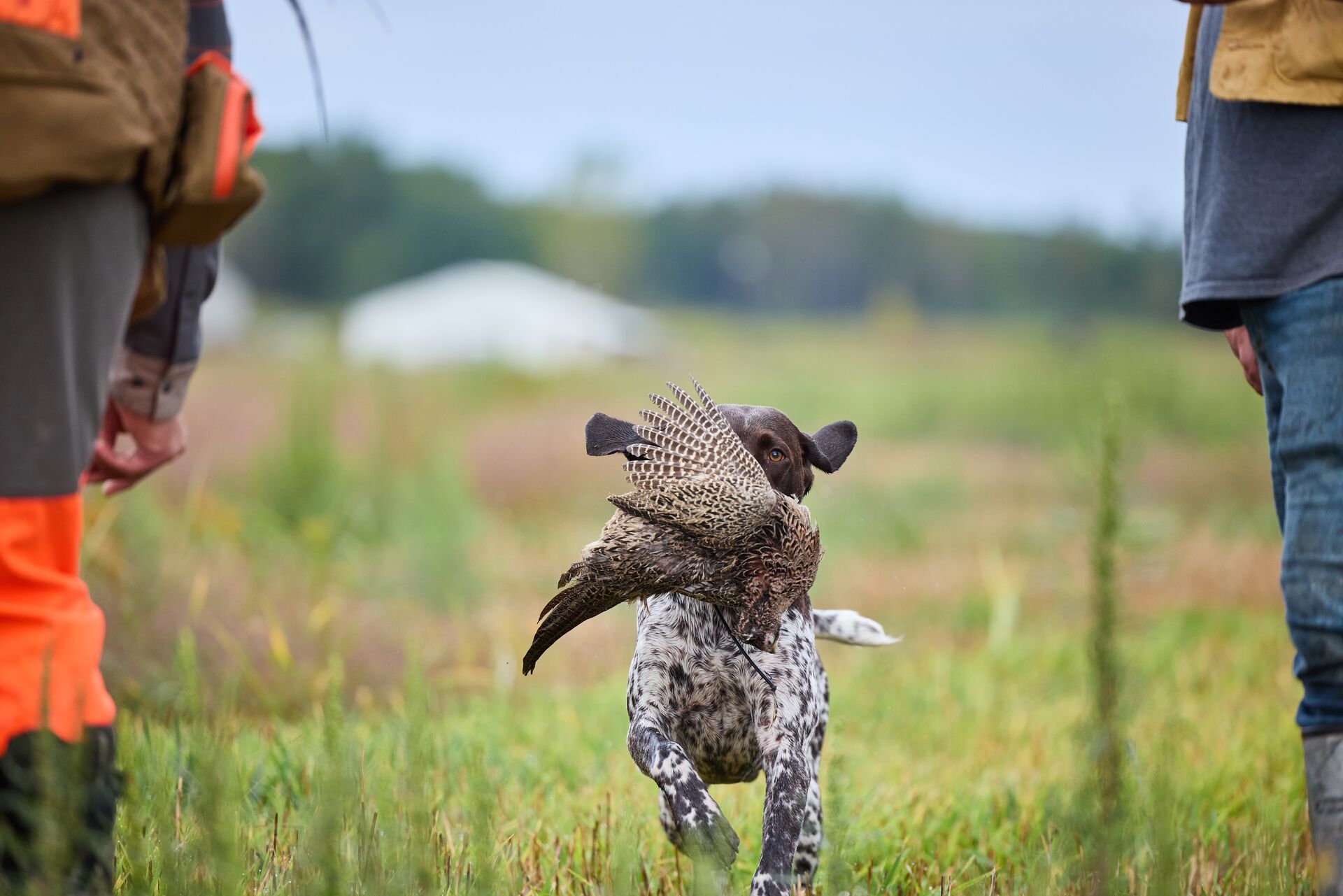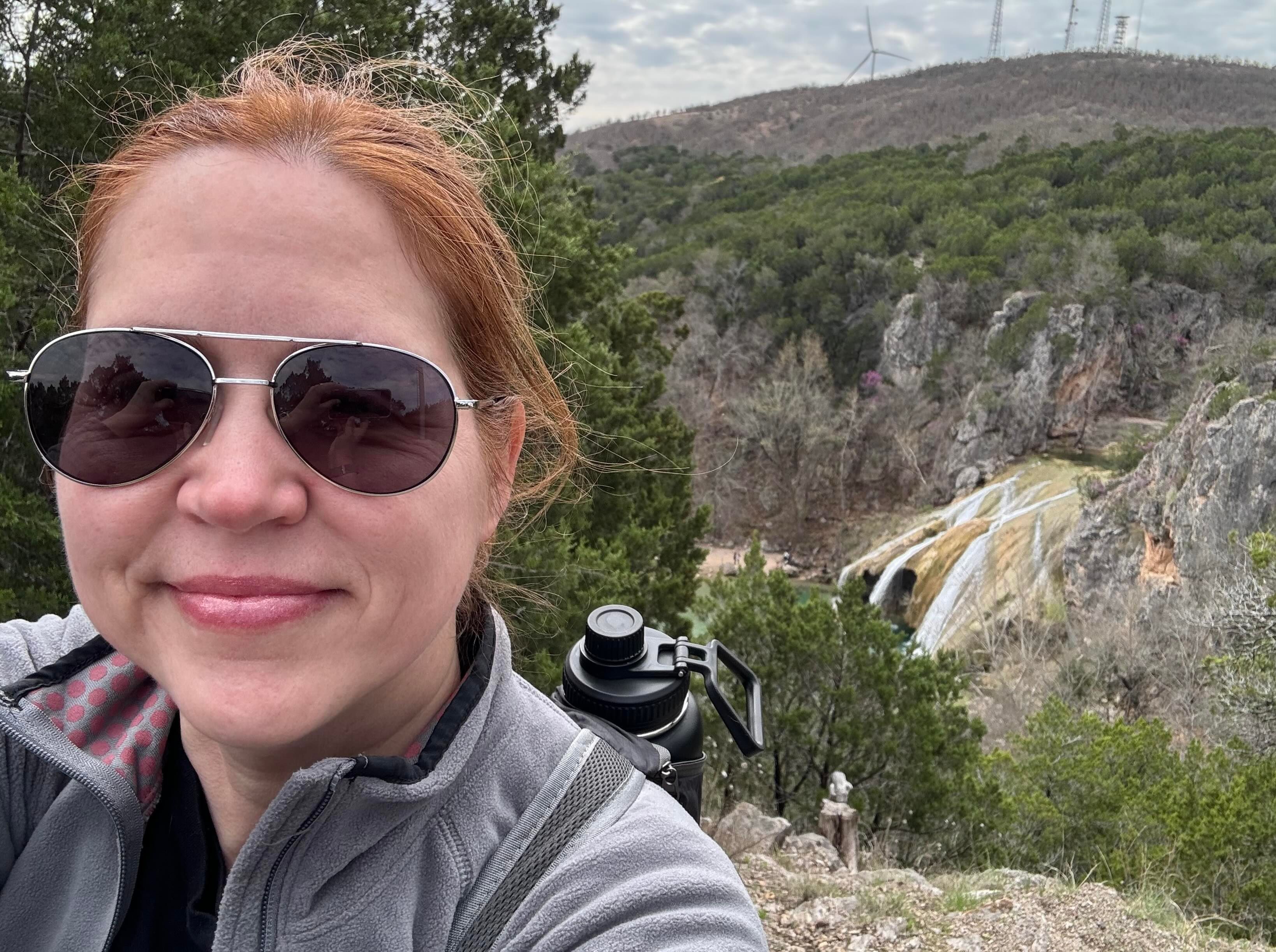Field Guide / Hunting Tips
4 Winter Rabbit Hunting Tips
With snow on the ground and deer season in the rearview, winter rabbit hunting offers an exciting off-season pastime for whitetail hunters. Rabbits are plentiful between cottontails, rabbits, jackrabbits, and snowshoe hares in most areas throughout the U.S.
Previous in Hunting Tips
More Content Like This

What Are Upland Birds?
For fast shooting, dog work, and a hunting style rooted in a history of strong conservation and ethics, upland bird hunting is hard to beat. Read More
Read More
How to Find the Best Dove Hunting Near Me
The dove hunting season always promises a great time. With fast-paced shooting, accessible opportunities, and welcoming communities across the top dove hunting states, it's hard to beat in terms of satisfaction and social networking. Read More
Read More
The Guide to the Colorado Pheasant Hunting Season
It's hard to deny that Colorado is one of, if not the most, beautiful states when it comes to hunting environments and landscapes. Throw in your shotgun, canine best friend, and a couple of well-conditioned pheasants, and you've got the makings of a ...Read More
Read More Small Game
Small GameWhat Are Upland Birds?
For fast shooting, dog work, and a hunting style rooted in a history of strong conservation and ethics, upland bird hunting is hard to beat. Read More
Read More Small Game
Small GameHow to Find the Best Dove Hunting Near Me
The dove hunting season always promises a great time. With fast-paced shooting, accessible opportunities, and welcoming communities across the top dove hunting states, it's hard to beat in terms of satisfaction and social networking. Read More
Read More Small Game
Small GameThe Guide to the Colorado Pheasant Hunting Season
It's hard to deny that Colorado is one of, if not the most, beautiful states when it comes to hunting environments and landscapes. Throw in your shotgun, canine best friend, and a couple of well-conditioned pheasants, and you've got the makings of a ...Read More
Read More
1 of 3
